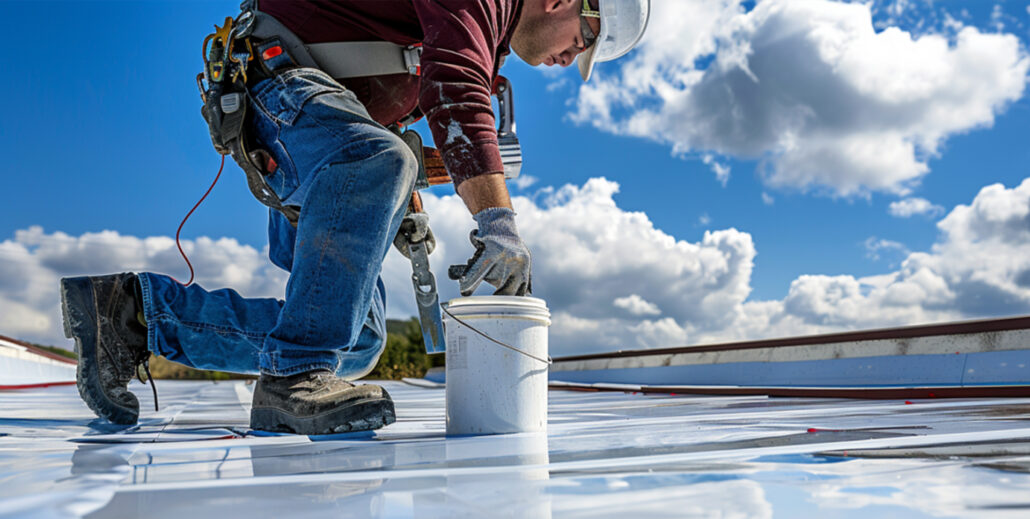Commercial vs. Residential Roofing Isn’t Just About Size
If you think the only real difference between commercial and residential roofing is how big the building is, you’re definitely not alone—but you’d be off the mark. The truth is, the materials, installation techniques, required maintenance, and even how roofs are inspected all differ pretty significantly between the two. And knowing what sets them apart can save you from overspending, under-maintaining, or hiring the wrong type of contractor.
What Makes Residential Roofing Unique
In residential roofing, appearance plays a big role. Homeowners are often looking for curb appeal, long-term durability, and weather resistance—especially in South Florida where sun, salt, and storms put roofs through the wringer. You’re typically dealing with pitched roofs and materials like asphalt shingles, tile, or metal. These systems are designed with slope in mind to help shed water fast during tropical downpours.
How Commercial Roofing Handles Bigger Demands
Now, commercial roofing? Whole different animal. Most commercial buildings have flat or low-slope roofs, which means water doesn’t run off nearly as easily. That’s why materials like TPO, modified bitumen, or built-up roofing systems are used—because they’re designed to handle ponding water, heavy foot traffic from maintenance crews, and large HVAC units. Commercial roofing is more about function, load-bearing strength, and energy efficiency than aesthetics.
Common Roofing Assumptions That Could Cost You
Here’s where homeowners and property managers often make costly assumptions:
- They assume any roofer can do both types well.
That’s not always the case. Commercial roofing requires specialized tools, materials, and training.
- They expect residential-grade materials to hold up in commercial applications.
Not smart—flat roofs demand totally different solutions.
- They think flat roofs are cheaper because they look simpler.
While material costs may be lower per square foot, the labor and system complexity can drive up the final price tag.
- They overlook preventive maintenance.
A missed inspection on a flat commercial roof could lead to leaks that interrupt business operations and rack up major repair bills.
If you’re managing a roofing project, big or small, make sure you’re working with a contractor who understands both worlds. Learn more about our commercial roofing expertise, explore our residential roofing services, check out our preventive maintenance programs, or contact our team for a personalized quote today.

